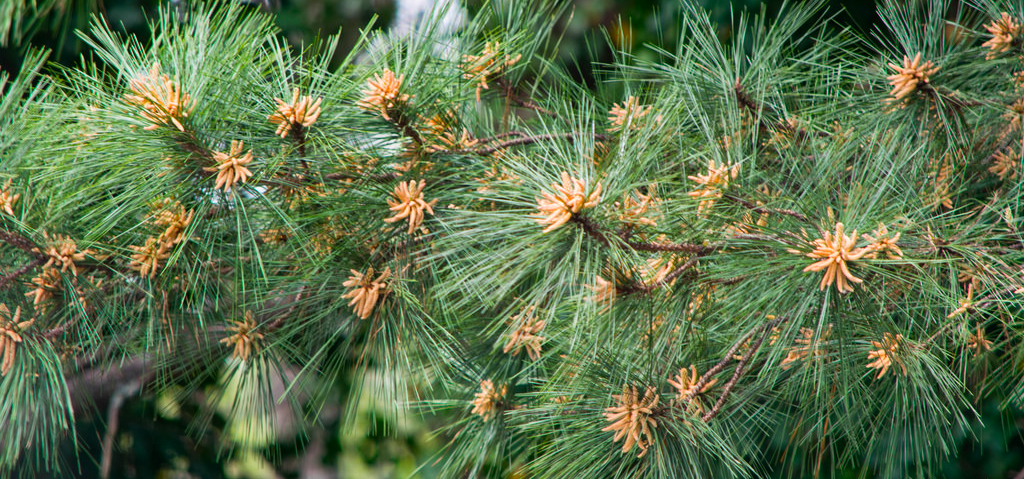New Scientist
Image: denis_wright
We may have misunderstood the mother of all extinctions. The gargantuan Permian extinction has been blamed on massive volcanic eruptions that killed swathes of organisms, but the eruptions may instead have had an insidious effect: sterilisation. Organisms may not have been killed outright, but if they could not reproduce their species were still doomed.
Almost all complex life died 252 million years ago at the end of the Permian period. The causes have long been debated.
About a decade ago geologists began noticing something odd about fossil pollen from the time. An unusually high number of the pollen grains were malformed or under-developed.
That might be because the volcanic activity at the time released ozone-destroying chemicals into the atmosphere. As a result, more of the sun’s harmful ultraviolet-B (UV-B) radiation reached Earth’s surface. The UV-B would have stressed plants, particularly the abundant conifers and seed ferns, which suffered during the extinction.
To mimic this environmental upheaval, Jeffrey Benca, Ivo Duijnstee and Cindy Looy at the University of California, Berkeley exposed 18 dwarf conifers to elevated UV-B levels for 56 days. The tiny trees produced elevated levels of malformed pollen, as predicted.
But something unexpected happened. Although the trees survived UV-B exposure, they were all rendered infertile throughout. The pines made seed cones, but these died before they grew large enough to be fertilised. “The shrivelled-up seed cones were a big surprise,” says Looy. Read more on newscientist.com…








